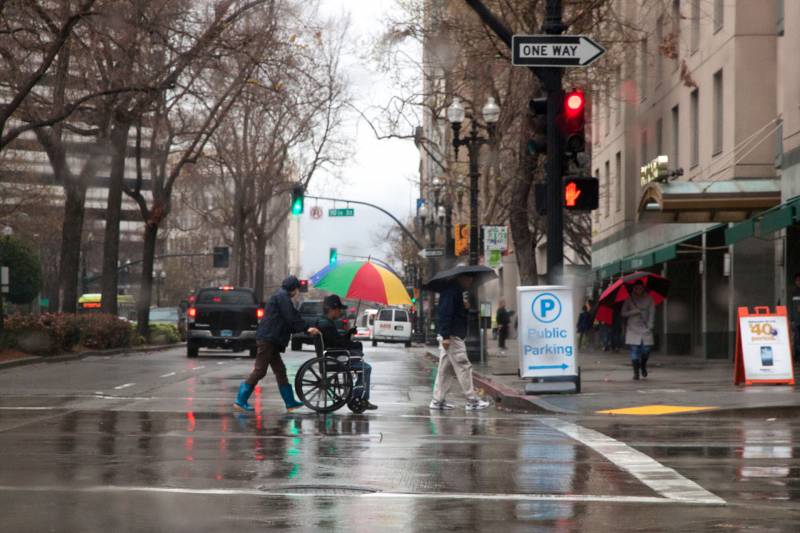"The virus is spreading at a pace we haven’t seen since the start of this pandemic and the next several days and weeks will be critical to stop the surge," Newsom said in a statement. "We are sounding the alarm."
"It is crucial that we act to decrease transmission and slow hospitalizations before the death count surges. We’ve done it before and we must do it again," Newsom said.
What This Curfew Means
The new curfew is the same as the March stay-at-home order, said CDPH officials, but it applies only during those overnight hours.
While nonessential businesses must close by 10 p.m., restaurants can still offer takeout food, said California Health and Human Services Secretary Dr. Mark Ghaly in a press briefing.
People in the purple tier counties under curfew will still be able to go to the grocery store, get medical care, pick up prescriptions and take care of other essential needs. They'll also still be able to walk their dogs, Ghaly confirmed.
Addressing how this order might be enforced, Ghaly stressed that the state would rather rely on residents to do their part — especially when it comes to not gathering between the curfew hours of 10 p.m. and 5 a.m.
"We've depended on a partnership with all of you. This is about coming together," Ghaly said.
He also urged California residents not to let their guard down following news of promising vaccine trials. "Even though we have the hope of vaccine and the discussions about what lies ahead on that front, we have to take care of the urgency of the day," he said.
The news of California's curfew comes on the same day that the Centers for Disease Control and Prevention issued a strong recommendation that people stay home for Thanksgiving. Last week, Newsom — along with the governors of Oregon and Washington — issued travel advisories in advance of the Thanksgiving holiday. The advisory urged against "nonessential, out-of-state travel" and asked those who do so to self-quarantine for two weeks.

